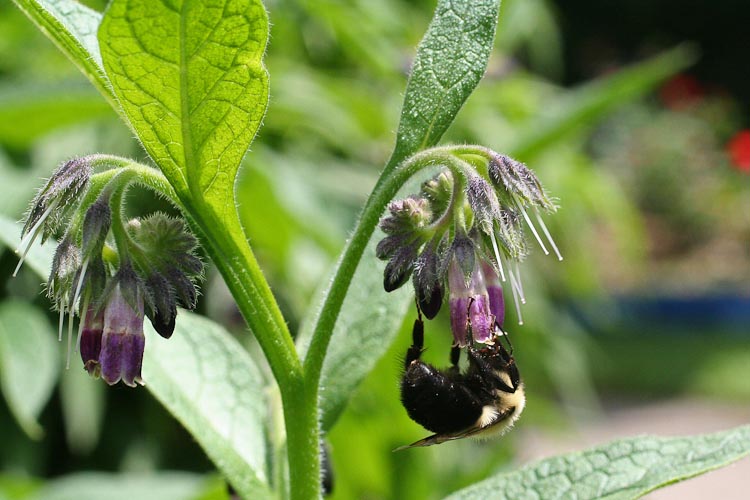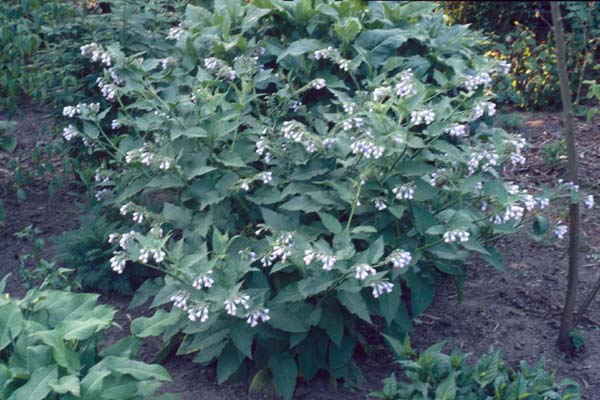

In this way, Comfrey is indicating to us (Doctrine of Signatures), its ability to penetrate deep into our own bodies, past the surface level of our skin, and deliver oxygen, hydration, and healing constituents to the foundation of our structures. Cymes terminal, becoming paniculate, bracteate.

of pyrrolizidine alkaloids in commercial comfrey products (Symphytum sp.).J. commercial comfrey products ( Symphytum sp.). a triterpenoid saponin from the roots of Symphytum officinale. officinale is found in the east, midwest, and west, and more sparingly in the southern states (Benson 1979). Comfrey is a native herb of Eurasia, and is often escaped or adventive in waste places (Gleason & Cronquist 1963). Symphytum officinale, commonly known as comfrey, is an evergreen herb belonging to the borage family (Boraginaceae). And, it just so happens, that the nutrients Comfrey is "tapping into" are the exact compounds that fortify our bones. echimidine, in teas prepared from comfrey leaves (Symphytum officinale), and to determine the potential. Wilkes University, Wilkes-Barre, PA July 1999. Comfrey (Symphytum spp.) is best known for its component allantoin, used in many topical products to stimulate cell growth. The taproot absorbs these nutrients and transfers them to its leaves, creating ideal mulch for surrounding trees and other plants. With a tap root that can grow up to 10 feet deep, Comfrey has access to water tables and vital micronutrients that exist far beneath the surface soil. It is also a biodynamic accumulator where it breaks up and cleanses the soil, adding tremendous amounts of nutrients. Externally, Comfrey can be applied to help heal bones, tendons, ligaments, joints and sore muscles. Comfrey has valuable healing qualities used in Chinese medicine for over 2000 years and is widely known as “one of nature’s greatest medicinal herbs.” It is a powerful bone mender, giving rise to its folk name "knit bone" and its an impeccable cellular regenerator.


 0 kommentar(er)
0 kommentar(er)
